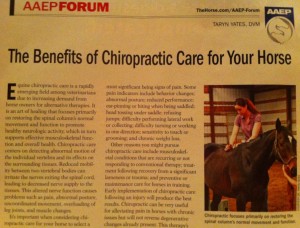Stress in Lumbar Intervertebral Discs during Distraction
A Cadaveric Study
Ralph E. Gay, M.D., D.C et al
RESULTS
All distraction conditions markedly reduced nucleus pressure compared to either simulated standing or lying. There was no difference between distraction with flexion and distraction with extension in regard to posterior annulus compressive stress. Discs with little or no degeneration appeared to distributed compressive stress differently than those with moderate or severe degeneration.
Dr. Kennedy comment: I point to this study to iterate that the effects of distraction are not dependent on “flexion” (or extension). Proponents of F/D seem to believe that there are necessary benefits to the flexion-phase, however it’s benefits are that of distraction: flexion achieved just 65% the ‘decompression’ achieved via ‘distraction’. IF your goal is to create decompression axial distraction-traction is the biomechanical choice…flexing just adds a less-effective transmission of distraction and often untenable stress/strain on spinal structures that prefer NOT being flexed.

